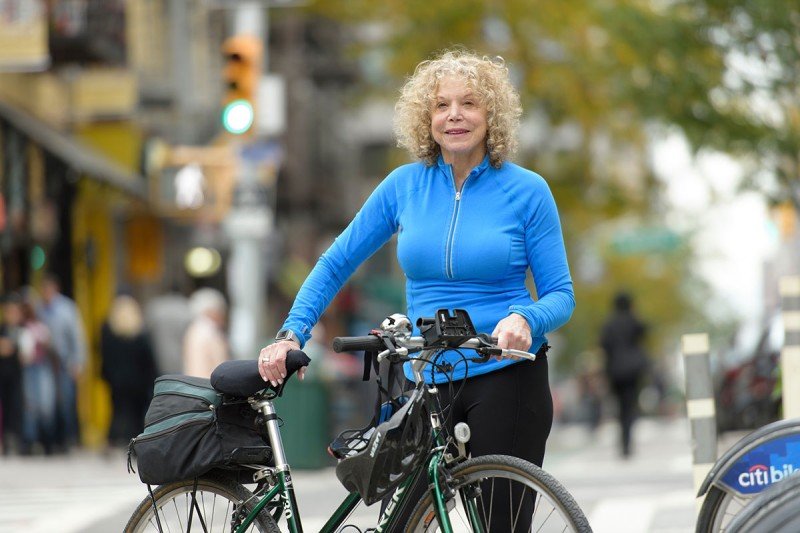
Margie Goldsmith, winner of 75 writing awards, has traveled to 135 countries on seven continents and written about them all for more than 100 publications. She is a triathlete, has completed marathons, and plays blues harmonica.
I should be dead. Last year, when I first learned the news that I had pancreatic cancer, I was sure I would be, especially considering how few people with the disease survive.
But it didn’t kill me, and I celebrated by attempting my first major hike since the ordeal. I was with my hiking buddy Richard in Arizona’s Superstition Mountains, where some Apaches believe the hole leading down to the lower world (hell) is located. The trail led to Weaver’s Needle, a 1,000-foot-high column of rock where they say the Lost Dutchman’s gold mine is hidden. We weren’t even halfway through, but I was completely exhausted, and the hike seemed to be dragging me down into the Superstitions’ lower world. I gulped water and kicked at the dusty earth. “You OK?” asked Richard. I felt really light-headed and wanted to bail, but quitting has never been in my nature.
“I’m just going to pop into the ladies room,” I said. I crouched behind a bush and pulled out my testing kit: blood sugar meter, testing strips, lancets, and an insulin pen. Two years ago, doctors at MSK found a malignant cell in my pancreas and performed an operation called a Whipple procedure, something I thought nuns wore on their heads. (Wrong. That’s a wimple.) In this six-hour procedure, they removed the head of my pancreas and part of my bile duct, and they cut through my gallbladder and duodenum. Then they subjected me to six months of chemotherapy to make sure that no other bad cells were lurking. I didn’t lose my hair so I told no one I was sick.
Last year, they found a new malignant cell and removed my spleen and entire pancreas, turning me into an instant type 1 diabetic. Without a pancreas, I could not produce insulin and would have to inject myself with insulin at least five times a day. If my blood sugar became too low, I could go into a coma and die. If it got too high, that could lead to a heart attack, stroke, kidney disease, or blindness. Surely this had to be a bad dream.
It was a nightmare but also my new reality. I hated taking readings; there were times my finger wouldn’t stop bleeding and other times I had to keep sticking myself to produce enough blood. Worse was waiting for the results of the three-times-a-year scans. I was always sure they’d find something new and I’d have only months to live.
On the way toward Weaver’s Needle, my blood sugar was going down fast. I drank a juice, popped three Chuckles candies, zipped my pack closed, and continued up the trail with Richard. We reached the summit of the Peralta Trail. Weaver’s Needle stood in the distance, a massive cliff jutting up like a huge anvil. There was no trail, and bushwhacking would add an additional two hours. I had no energy left and was also worried my blood sugar might go dangerously low, so when Richard asked if I wanted to continue, I did the scariest thing I’ve ever done in my life: I said no. I used to do scary things to empower myself. Now I do them to scare the evil thoughts out of my head and to let this disease know it’s not going to get me, no matter how hard it tries. So what if we didn’t make it to Weaver’s Needle? I made it to the summit of the Peralta Trail without a pancreas. I won’t accept a life without adventure, but what I’ve learned in my new normal is that half an adventure is quite enough.


